It was during 2018 that we became interested in works that used languages other than the traditional ones to communicate. It was two works from Naranja – From her(e) to now(here) y Tentativa de la Razón (published with Candor Arts) – that opened up perspectives for us in this field, which then led to a constant search for ways to say something without relying exclusively on the written, legible word.”
For this curatorship we selected five works that think about these Other Writings, belonging to a wide range of possibilities: from those that try to rethink the repertoire of the known, to others that opt for the graphic, and even for the asemic and illegible.
Here is a selection in which we present some approaches:
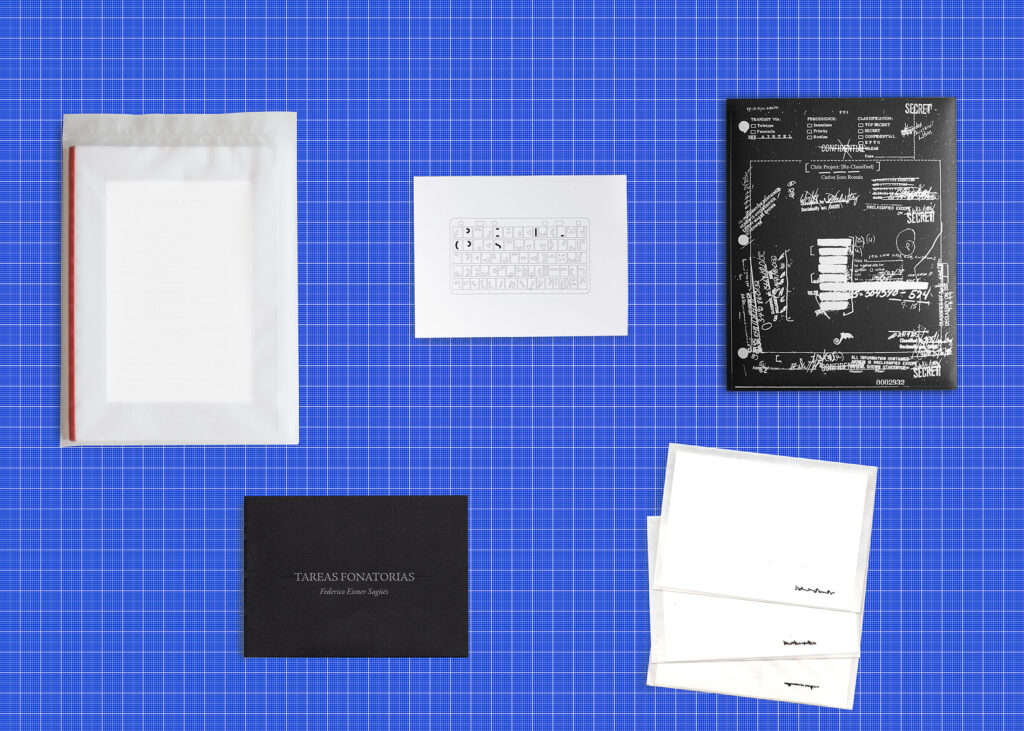
- Instuctions to draw your walk by Sofía Garrido (Naranja Publicaciones, 2020) (Last copies!)
Instructions to draw your walk is a project by Chilean artist and designer Sofía Garrido in which, through the collaboration of various people, she explores how the invisible can take on a graphic form.
Through instructions that connect movements with memory, the artist invites people to take a walk through the city while holding a pencil over paper, so that the movement of their bodies creates an involuntary drawing.
An important aspect of the process is that the routes chosen by the participants must relate to their daily or past movements, graphically connecting movement, body and memory.
2. Cartas a Mirtha (Letters to Mirtha) by Sebastián Barrante (Naranja Publicaciones, 2022)
Cartas a Mirtha is a project by Sebastián Barrante in which he explores different dimensions of asemic writing. In this way, he constructs different families of illegible writings created with multiple analog tools that determine the form of the graphics. These asemic forms are constructed in letter size format, challenging the concepts of writing, reading, and publication.
The project is a quote from the Argentinian artist Mirtha Dermisache’s works, who used several conventional formats to insert her illegible writings, creating a union between the graphic nature of writing and the graphic nature of conventional formats in publishing.
Cartas a Mirtha consists of 5 different letters.
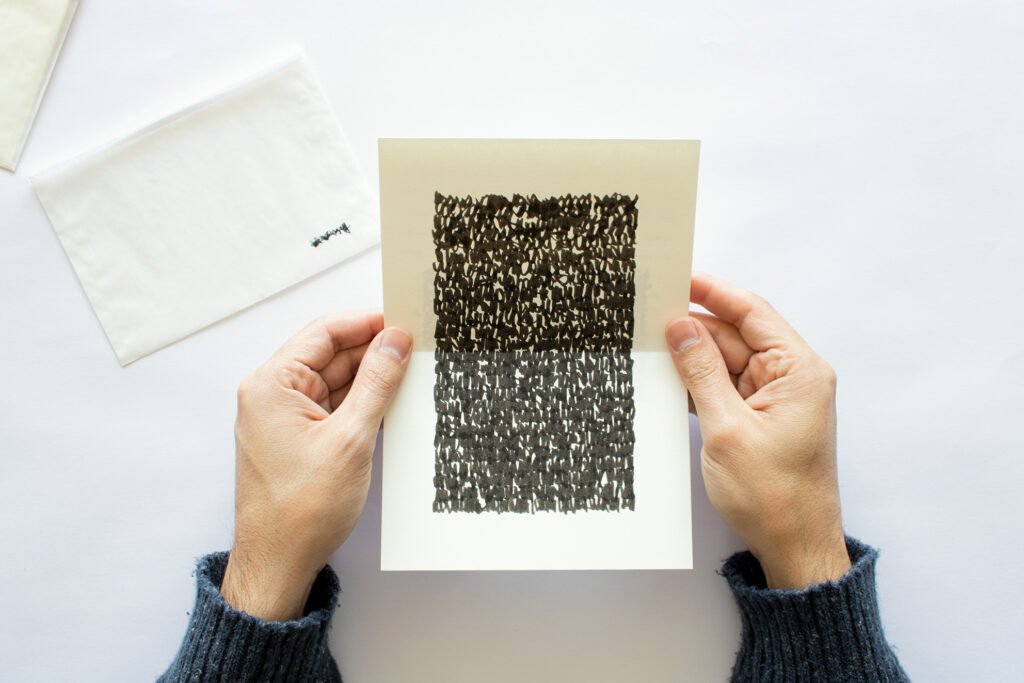
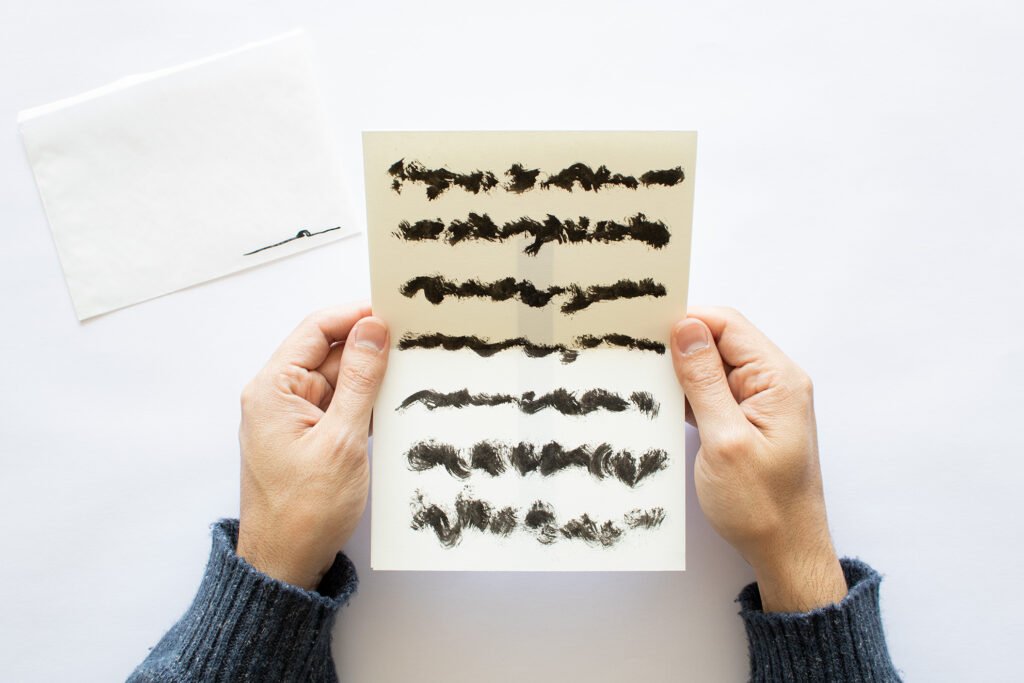
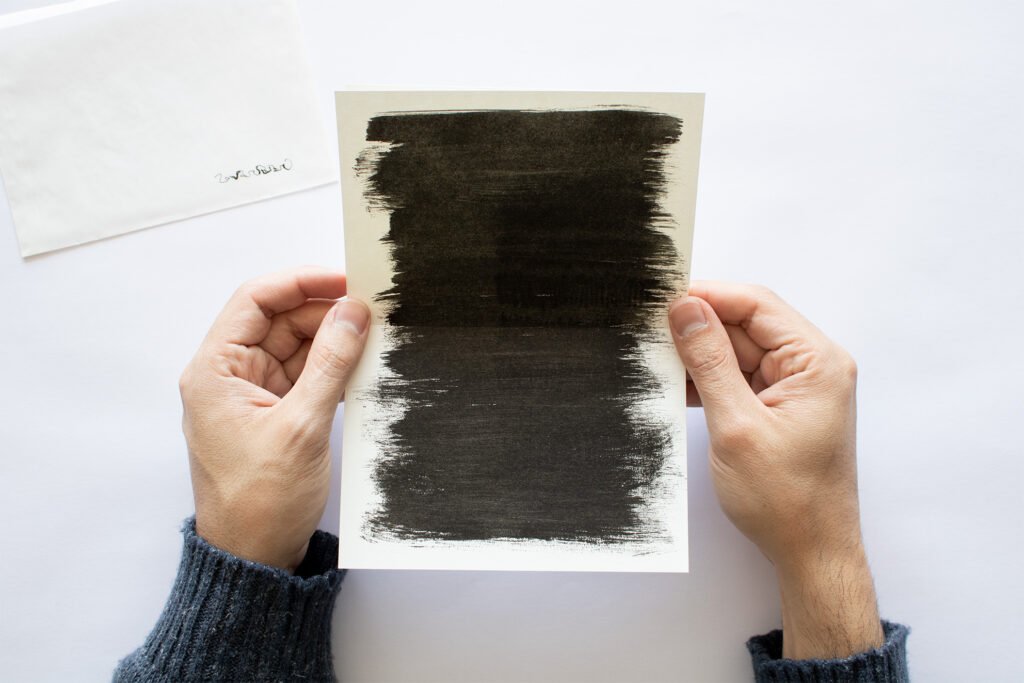
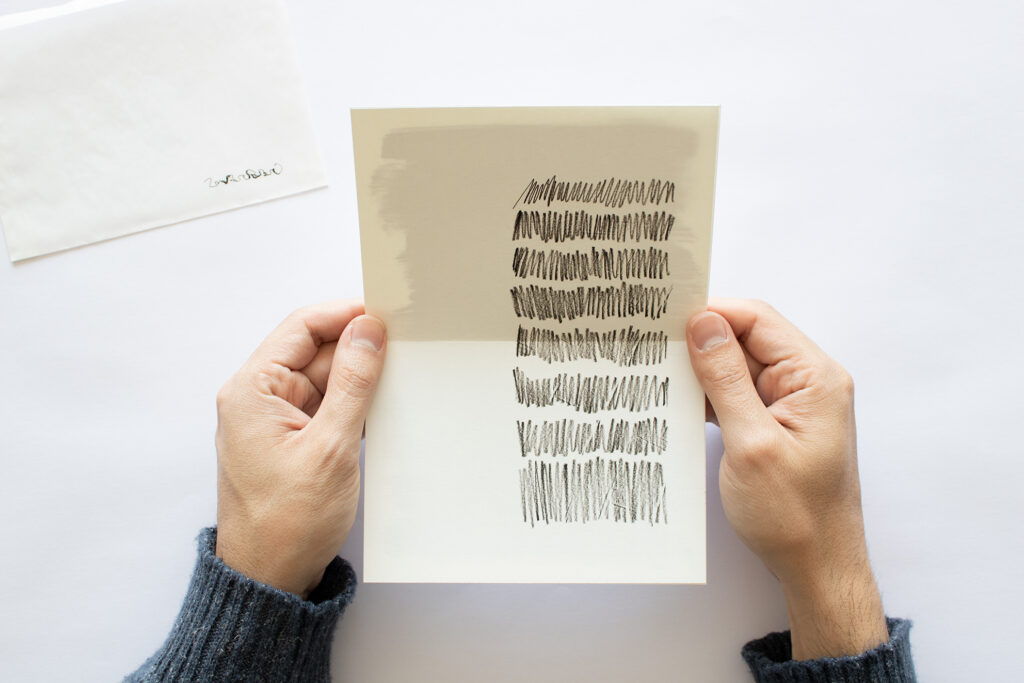
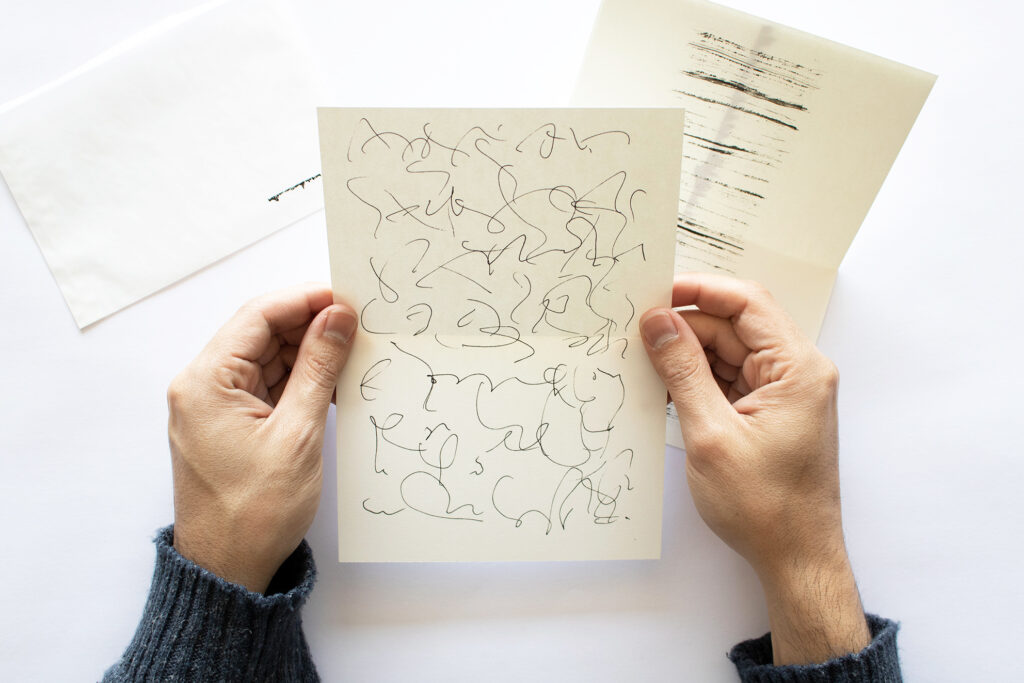
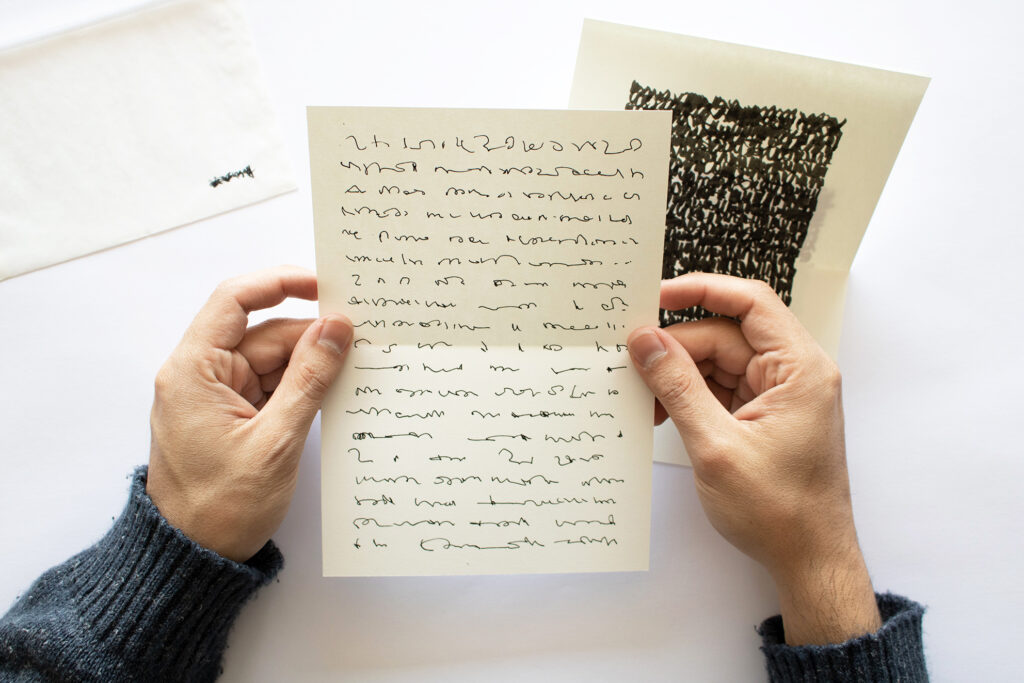
3. Tareas fonatorias by Federico Eisner (Libros del Pez Espiral, 2023)
This publication was born from the artist’s reflection on the healthy voice; what describes a healthy voice?
Based on this question, Federico Eisner works with a team of speech therapists in various vocal therapies that allow evaluating how healthy his voice was.
This therapeutic process then transforms into this publication: a four-voice score whose written instructions correspond to the exercises that composed the vocal therapy.
You can see the book by clicking on the button below and you can listen to the album HERE.
4. POSIBLE de Fernanda Aránguiz (PUBLICAR, 2022)
This publication is a writing exercise from the 2019 work A.NORMO.GRAFO, in which the artist develops a typography that reduces the characters to their minimum expression, reflecting on the act of writing as a way of drawing.
In this exercise, she uses typography to write the word POSIBLE (possible) on a semi-transparent leporello on which the letters are superimposed, sometimes like a drawing, sometimes like text.
The choice of the word is linked to Fernanda Aránguiz’s artistic practice, which explores the opposition between the concepts of the real and the possible.
5. Chile Project by Carlos Soto-Román (Libros del Pez Espiral, 2016)
Chile Project by Carlos Soto Román is a publication consisting of a black envelope containing loose sheets with intervened reproductions – through erasure procedures – of documents declassified by the CIA during the year 2000, related to the U.S. intervention in support of the Pinochet coup d’état.
In this case, instead of trying to break through the censorship, the author reinforces it, thus making the degree of silencing implied by this declassification even more obvious and absurd, and exposing the machinery of bureaucratic and impersonal language behind terribly real historical facts.


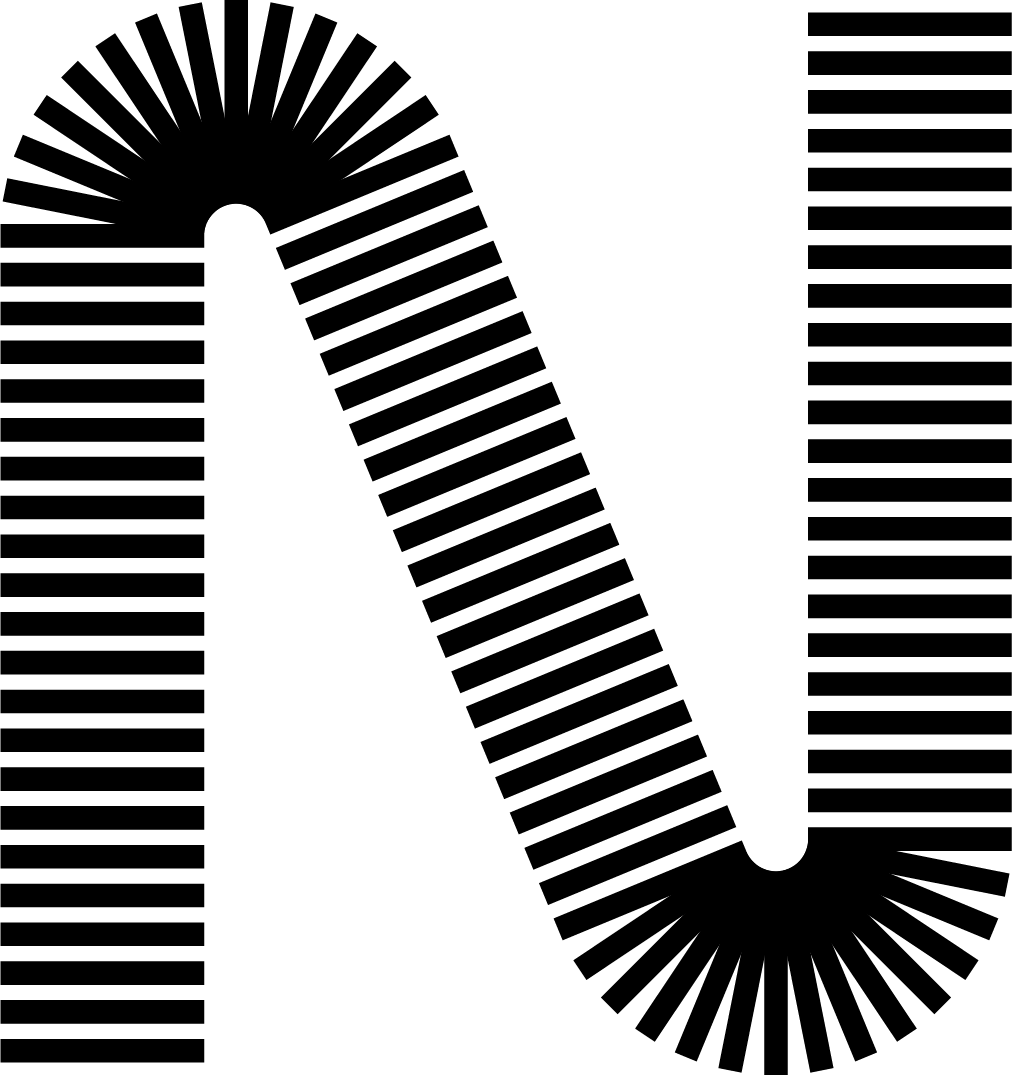

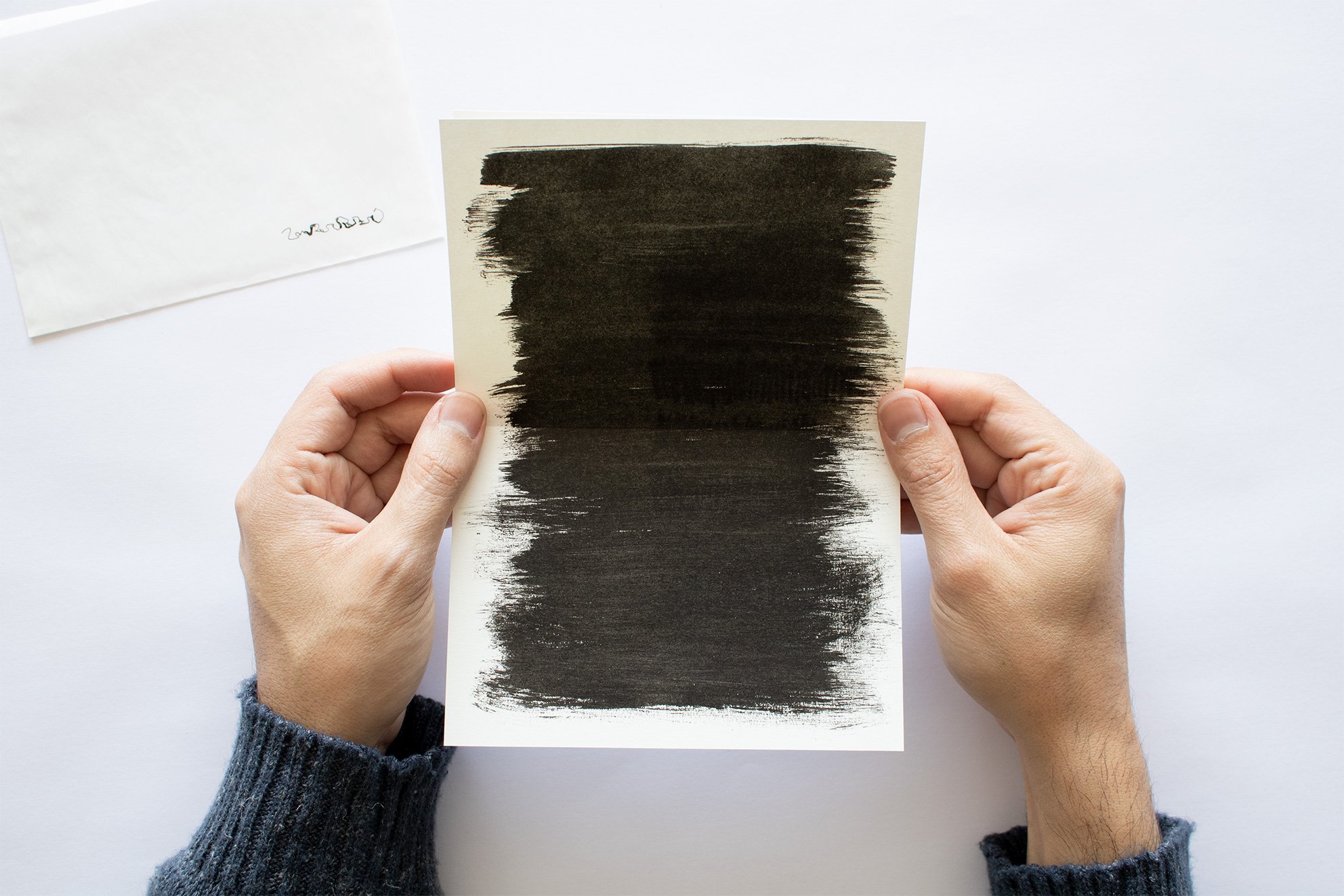
 No products in the cart.
No products in the cart.